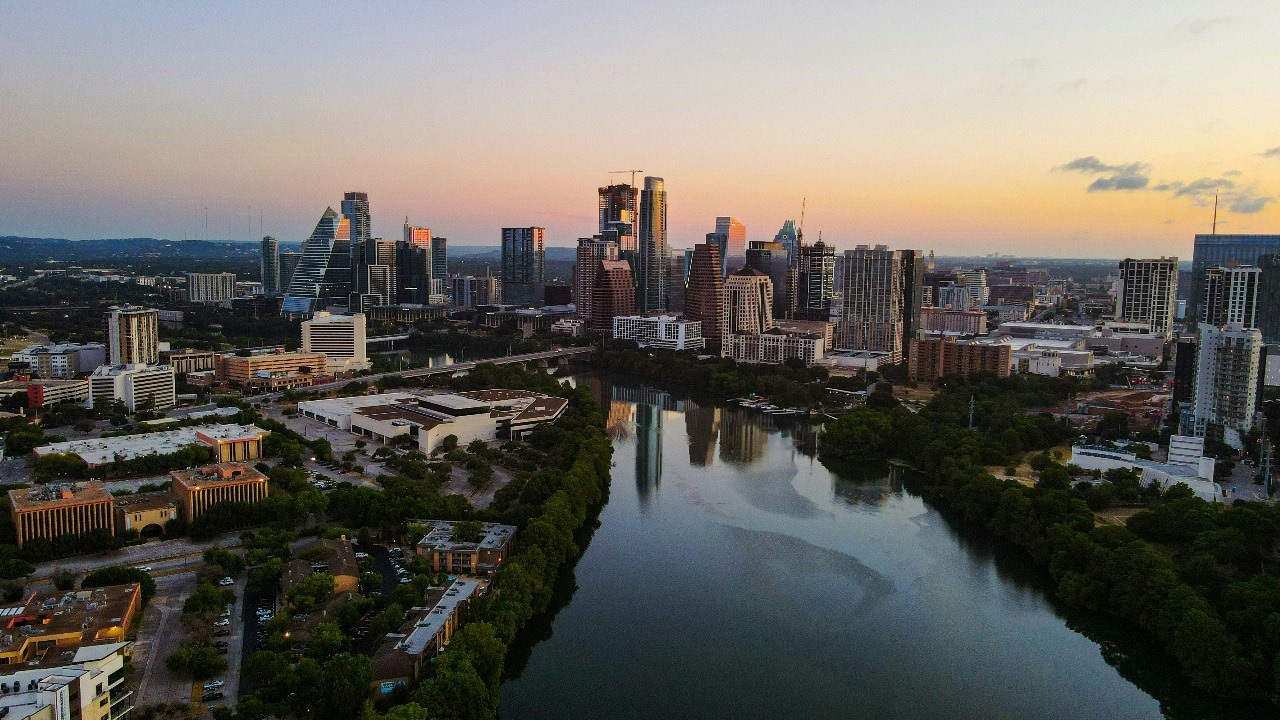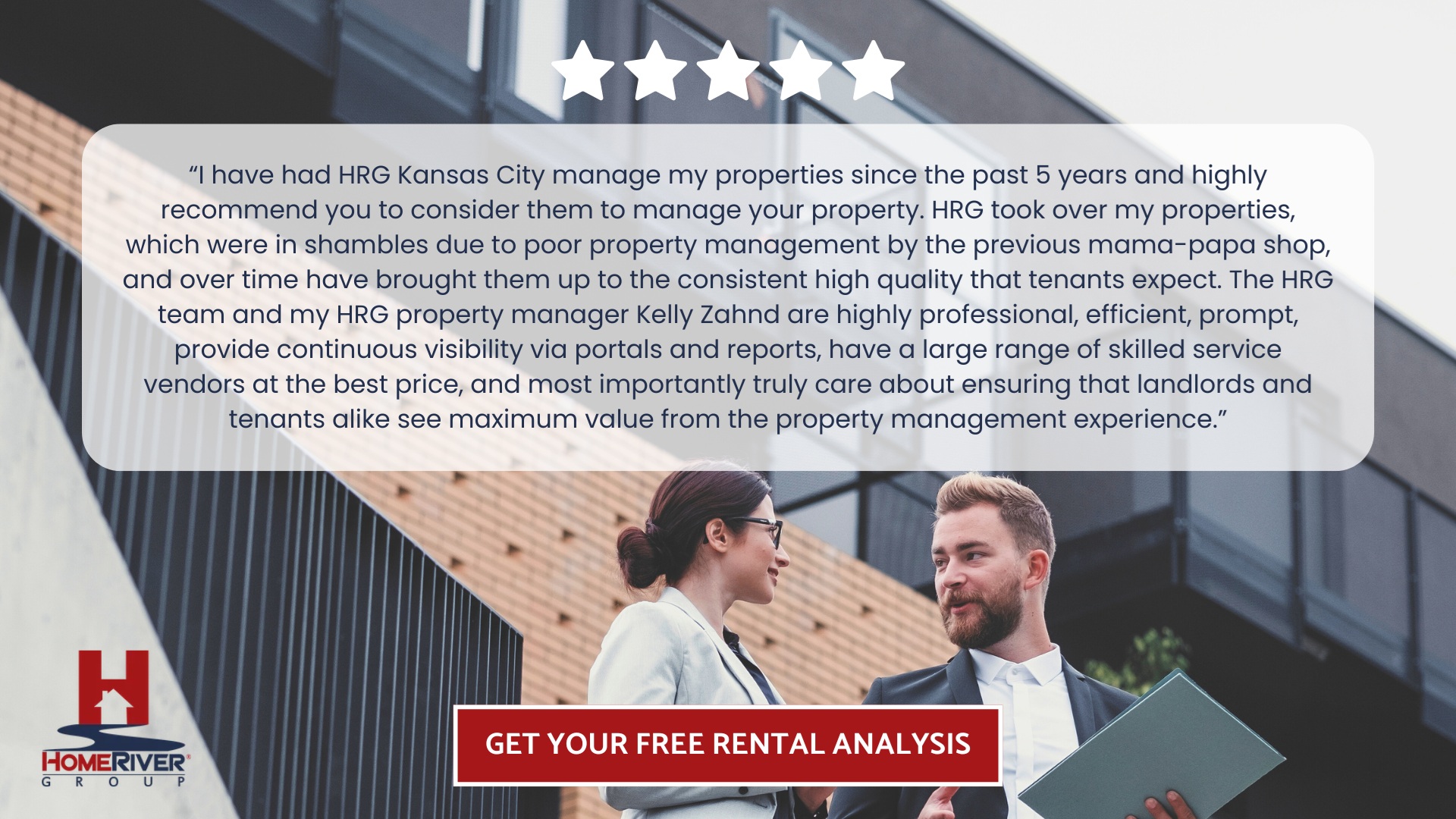
We’ve established ourselves as one of the country's largest third-party property management firms, serving clients in more than 20 states. Our ability to integrate local market expertise with national resources means investors gain consistent performance across diverse portfolios. From rigorous tenant screening to detailed financial reporting, we deliver transparency and stability that owners rely on. Every property we manage reflects our commitment to measurable outcomes, long-term value growth, and exceptional resident satisfaction.
The Dallas real estate market continues to draw nationwide attention, fueled by strong job growth, corporate relocations, and steady population increases. Investors are keeping a close eye on the balance between housing supply and demand, and rental yields that remain competitive compared to other major metros. With infrastructure improvements and a diverse economy supporting the city’s expansion, Dallas offers multiple pathways for growth. Staying informed on these trends is essential for making strategic investment choices.
In this blog, we will explore the current trends shaping the Dallas real estate market, from pricing dynamics and supply challenges to rental demand, investor opportunities, and the long-term factors driving growth in the region.
Pricing Trends Across Dallas Submarkets
The Dallas real estate market is not a monolith; every submarket tells its own story.
Premium Pricing In Uptown’s Core District
Uptown continues to command premium prices, attracting young professionals and established executives drawn by its proximity to downtown, vibrant nightlife, and upscale amenities. Average listing prices here remain well above the city median, with year-over-year appreciation consistently outpacing suburban districts.
Rising Demand In Emerging Urban Areas
Meanwhile, neighborhoods like Oak Cliff and East Dallas are experiencing a surge in buyer interest. Improved infrastructure, new retail developments, and comparative affordability have made these areas appealing alternatives to pricier inner-city locales. Investors are taking note of the swift turnover rates and gains in median sale prices, indicating strong demand from both renters and first-time buyers.
Family-Friendly Growth In Northern Suburbs
Farther north, Plano and Frisco have seen steady price growth, driven by top-rated schools and a burgeoning tech sector. While competition among buyers remains fierce, these submarkets offer opportunities for long-term value appreciation thanks to ongoing corporate relocations and significant capital investments in local amenities.
Untapped Potential In South Dallas Expansion
South Dallas and the surrounding areas, traditionally more affordable, are beginning to attract interest from investors seeking untapped potential. As redevelopment projects advance and transit accessibility improves, pricing trends in these submarkets suggest an upward trajectory, albeit starting from a lower base compared to the city’s high-demand areas.
Why Submarket Nuances Matter For Investors
Ultimately, understanding the nuances among these Dallas submarkets is essential for making data-driven real estate decisions. Each pocket of the city offers a distinct blend of pricing, growth outlook, and tenant demographics, factors savvy investors closely track as part of their ongoing market analysis.
Rental Yields And Cash Flow Expectations
Investors evaluating the Dallas real estate market consistently highlight robust rental yields and attractive cash flow prospects.
Strong Rental Yields In A Growing Market
Driven by strong population growth and a diversified economy, Dallas continues to see a steady influx of renters, supporting healthy occupancy rates across asset classes. Dallas's average gross rental yield hovers between 6% and 8%, with specific neighborhoods and asset types exceeding these benchmarks, particularly in value-driven suburban locations.
Upward Momentum In Rental Rates
Sustained demand has also contributed to an upward trend in rental rates. Over the past year, rent growth in Dallas has outpaced the national average, propelled by limited housing supply and a steady stream of jobseekers relocating to the metro area. These market conditions create an environment where positive cash flow is achievable for well-positioned properties, especially when paired with prudent expense management and competitive lease terms.
Operational Realities Shaping Investor Outcomes
However, savvy investors closely monitor market fundamentals like vacancy rates, turnover costs, and maintenance expenses. Areas experiencing rapid development or shifting demographics may present greater variability in cash flow performance. Analyzing the headline yield and the operational realities of each submarket is essential to inform acquisition strategies and long-term investment planning in Dallas.
Property Taxes And Local Incentives
Any investor evaluating the Dallas real estate market must carefully consider property taxes and the range of local incentives available. Texas is known for its absence of state income tax, but property taxes in Dallas can be notably higher than in other parts of the country.
Higher Property Tax Rates And Their Impact
The average effective property tax rate in Dallas County often exceeds 2%, and it’s important to factor this into your investment calculations. Property owners should stay updated on local appraisal cycles, recent changes in legislation, and periodic adjustments to assessed values that can impact net yields.
Leveraging Incentives To Offset Costs
Dallas, however, balances these higher rates with a robust slate of local incentives aimed at attracting new development and long-term investment. Qualified investments in targeted areas, such as Opportunity Zones and designated Tax Increment Financing (TIF) districts, can open the door to favorable tax treatment, rebates, and reduced development costs.
Programs Supporting Property Improvements
Additionally, ongoing city initiatives frequently offer grants or abatement programs to offset the cost of property improvements, energy efficiency projects, and affordable housing developments. These programs not only reduce immediate expenses but can also enhance long-term property value and tenant appeal.
Strategic Planning For Long-Term Returns
Understanding how these taxes and local incentives interplay is crucial for maximizing returns. Strategic planning around local policies and incentive timelines can significantly improve overall investment performance in the Dallas real estate market.
Downtown vs Suburban Investment Dynamics
Depending on the location, the Dallas real estate market offers investors distinct opportunities and challenges.
Urban Core Demand And Tenant Demographics
Downtown Dallas continues to draw attention with its strong job market, walkability, and cultural amenities. Properties in the urban core often appeal to young professionals seeking proximity to major employers, entertainment, and dining. Housing demand in downtown neighborhoods drives steady rental rates and lower vacancy levels, especially among luxury apartments and high-rise condominiums.
Challenges Of Investing In Downtown Properties
However, downtown's competitive landscape can also mean higher entry prices and stricter zoning. These factors have led many investors to consider the city’s suburban markets, which have experienced significant growth in recent years. Suburban areas such as Plano, Frisco, and Garland attract families and remote workers seeking larger homes, highly ranked schools, and access to parks and community amenities.
Family-Oriented Appeal In Suburban Growth Areas
Investments in these suburban markets often come with lower acquisition costs and expanding infrastructure. The appeal lies in strong rental demand from families and professionals seeking space and community features that urban living may lack. These markets offer investors reliable tenant pools and long-term stability.
Balancing Risks Between Urban And Suburban Markets
While rental yields can be attractive, investors should also closely monitor new supply, as ongoing developments may gradually impact vacancy rates and pricing power. The interplay between urban appeal and suburban expansion continues to define the investment dynamics within Dallas, creating diverse strategies for those entering the market.
Partnering With Professional Property Management
In the dynamic Dallas real estate market, leveraging professional property management can redefine an investor’s experience. Rapidly shifting demand, diverse neighborhoods, and regulatory requirements make local expertise not optional but absolutely essential for maintaining competitiveness and stability.
Staying Ahead Of Leasing Trends: Professional property managers monitor leasing activity closely to ensure properties remain attractive to tenants. They adjust strategies quickly as corporate relocations, population surges, or economic changes reshape Dallas’s rental market, protecting occupancy levels and property values.
Advanced Marketing & Tenant Screening: Experienced managers attract reliable renters by using data-driven marketing techniques and thorough tenant screening processes. This reduces turnover and minimizes risks tied to late payments or property damage, directly safeguarding an investor’s bottom line over time.
Comprehensive Operational Oversight: Professional managers handle daily operations, from collecting rent to coordinating maintenance and ensuring compliance with legal standards. Their oversight frees investors from time-consuming tasks, enabling them to concentrate on expanding portfolios and strategic growth initiatives.
Driving Long-Term Value Growth: Skilled managers act as advocates and resources in a market defined by growth and competition. Their insights into local trends enable investors to make informed, data-driven decisions that sustain asset value and maximize returns over the long term.
Final Thoughts
Staying ahead in the Dallas real estate market demands a clear understanding of the city’s evolving trends, investment hotspots, and the economic drivers shaping future opportunities. Dallas continues to attract new residents and investors alike, fueled by its business-friendly climate, steady job growth, and expanding infrastructure. As neighborhoods transform and rental demand surges, buyers and renters have ample opportunities to stake their claim in one of the nation’s most dynamic markets.
At HomeRiver Group, we combine local insight with national scale to deliver exceptional service. Whether you’re a seasoned investor seeking to optimize returns or a first-time buyer searching for your ideal home, our approach ensures your assets are managed precisely and carefully. We’re committed to helping you make informed decisions by providing data-driven market analysis, hands-on property management, and responsive client support.
Read also:
Fair Housing Laws Explained: How They Protect Apartment Renters
Washington Landlords: How To Handle Security Deposits Legally
Maryland Security Deposit Laws: What Every Renter Should Know
Frequently Asked Questions About The Dallas Real Estate Market
What are the current average home prices in Dallas?
According to regional listing data, the average home price in the Dallas real estate market hovers around $410,000 as of early 2024. While this figure represents a steady uptick from previous years, Dallas continues to offer more accessible price points compared to many other major U.S. cities. HomeRiver Group monitors these averages closely, helping clients identify opportunities that suit their investment goals.
How fast are homes selling in Dallas?
Homes in Dallas currently spend a median of 35 days on the market, signaling robust demand and a brisk pace of sales activity. Inventory remains relatively tight, so well-priced homes, especially those in sought-after neighborhoods, often attract multiple offers. This dynamic environment underscores the importance of acting quickly and having a clear investment strategy.
What are the hottest neighborhoods for investment in Dallas?
Several neighborhoods in Dallas are drawing strong interest from investors, including Lower Greenville, Bishop Arts District, Uptown, and East Dallas. Emerging areas like Oak Cliff and The Cedars are also gaining attention due to ongoing development and revitalization projects. Each neighborhood offers unique opportunities, and HomeRiver Group’s local experts are equipped to provide guidance tailored to your investment objectives.
How has Dallas' population growth impacted real estate?
Dallas has seen significant population growth over the past decade, ranking among the fastest-growing urban areas in the United States. This influx has intensified demand for housing, led to new construction, and spurred rental market expansion. Population growth remains a primary driver for regional property values and rental rates.
How do current mortgage rates affect Dallas real estate?
Recent fluctuations in mortgage rates have influenced buyer behavior across the Dallas real estate market. Higher rates have moderated some of the frenzied competition seen in previous years, while still keeping demand well above pre-pandemic levels. Prospective buyers and investors increasingly seek professional guidance to navigate loan strategies and timing.
Is Dallas experiencing an influx of out-of-state buyers?
Yes, Dallas continues to attract a substantial number of out-of-state buyers. The city's relative affordability, job growth, and attractive quality of life are key factors. Many newcomers are relocating from states with higher living costs, intensifying competition in both the for-sale and rental markets.
What are the property tax rates in Dallas?
Property taxes in Dallas typically range from 2% to 2.8% of assessed value, depending on the municipality and school district. Texas does not have a state income tax, which frequently emphasizes property taxes for funding public services. Accurate tax assessments and proactive planning are essential components of successful property investment.
Are there any new construction trends in Dallas?
Dallas is experiencing a surge in new construction, particularly in mixed-use developments, multifamily housing, and build-to-rent communities. Developers are increasingly incorporating sustainable design, smart home features, and energy-efficient amenities to meet the evolving expectations of buyers and renters. HomeRiver Group keeps a pulse on these trends, ensuring clients have access to properties that reflect the latest advances in real estate.











